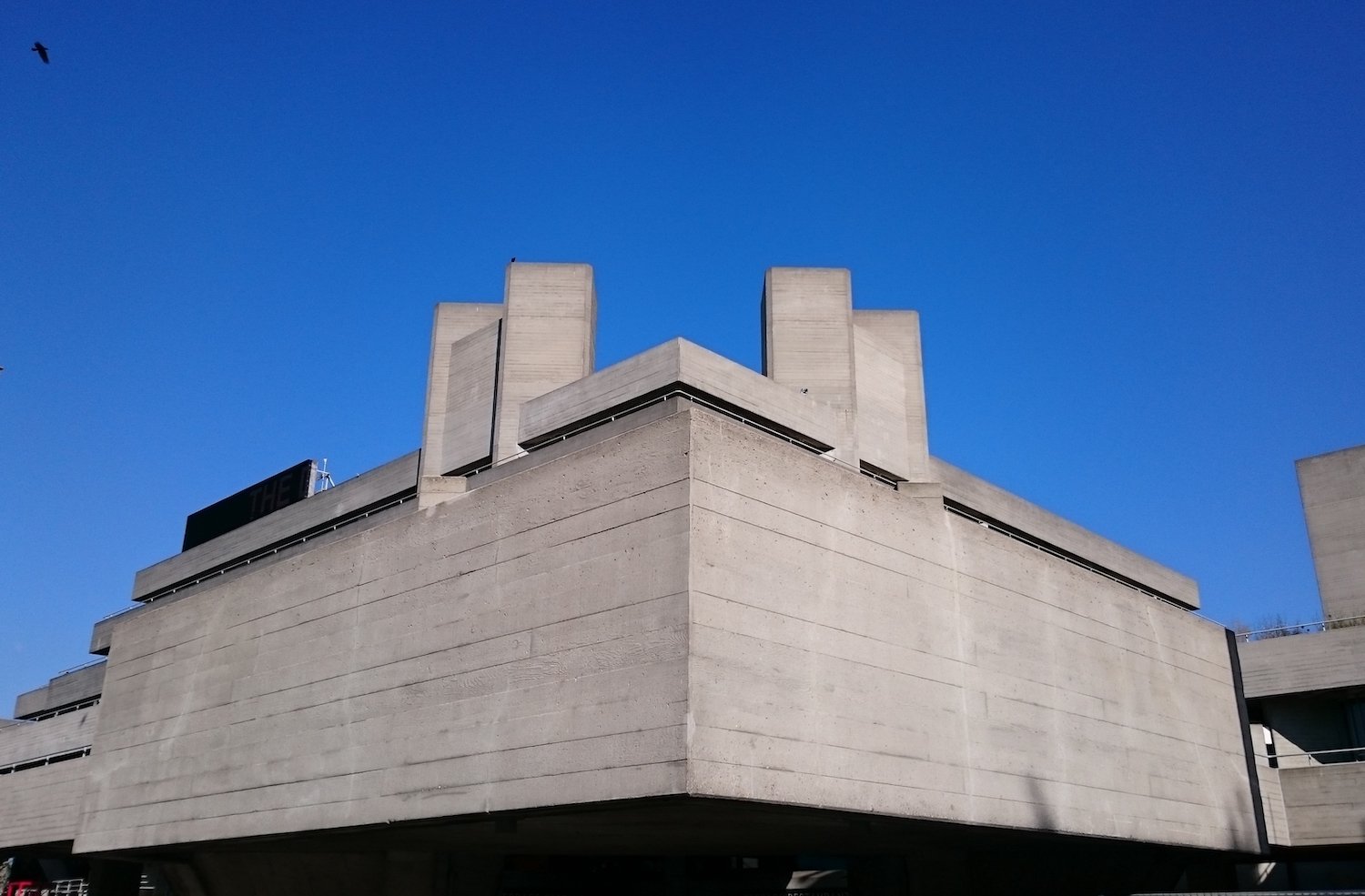If you think coffee-flavored concrete is unusual, check out these strange construction materials.
Sticky Great Wall
Most people know The Great Wall of China as a famous landmark. What you may not know is its secret ingredient … sticky rice.
Scientists at Zhejiang University in China made this discovery in 2010 while analyzing the mortar from the 600-year-old city wall in Nanjing. They found that the mortar was a mix of powdered limestone and sticky rice soup, a unique combination of ingredients that make the building material particularly strong. The addition of the rice’s amylopectin to the lime’s calcium carbonate results in smaller calcium carbonate crystals and a more tightly bonded, water-resistant mixture.
This sticky ingredient is thought to have been used in construction in China for at least 1,500 years and helped structures like the Great Wall survive the elements for centuries.
Self-healing Concrete
The Chinese weren’t the only ones to think creatively with concrete. Bathhouses, aqueducts, and seawalls built during the ancient Roman Empire are also thought to have benefited from an interesting addition to their mix: quicklime.
In 2023, researchers analyzed concrete samples from an ancient city wall in Privernum, a 2000-year-old archaeological site near Rome. They focused on the small calcium deposits embedded in the concrete, previously thought to have resulted from poor mixing. The researchers deduced that the Romans used quicklime in their mix before setting it with water, resulting in undissolved lime lumps.
The presence of this undissolved lime meant that, as cracks developed and water intruded over the years, the lime dissolved and recrystallized, filling in the cracks. Researchers found that the concrete could ‘self-heal’ cracks up to 0.6 millimeters across, compared to modern concrete that doesn’t heal cracks larger than 0.2 to 0.3 mm.
A “Novel” Motorway
Fast forward to 2003, and you’ll find another unusual construction material. This time, in a motorway in Britain, where 2.5 million books were used in the construction of an M6 toll road.
The books – which this author was pleased to hear were only end-of-line or damaged copies – were pulped at a recycling firm and used to construct the top layer of the road. The pulp holds the tarmac and asphalt in place, and, with its high sound absorbency, also helps reduce noise along the motorway.
learn more
Sticky Rice Mortar
https://www.nationalgeographic.com/history/article/100608-sticky-rice-mortar-china-science
Self-healing Concrete
5 Weirdest Materials in Construction
Unexpected Building Materials
https://www.1build.com/blog/unexpected-building-materials-from-around-the-world
10 Strange Building Materials
https://listverse.com/2012/11/10/top-10-strange-building-materials/
Concrete Fortified with Recycled Plastic
https://news.mit.edu/2017/fortify-concrete-adding-recycled-plastic-1025

